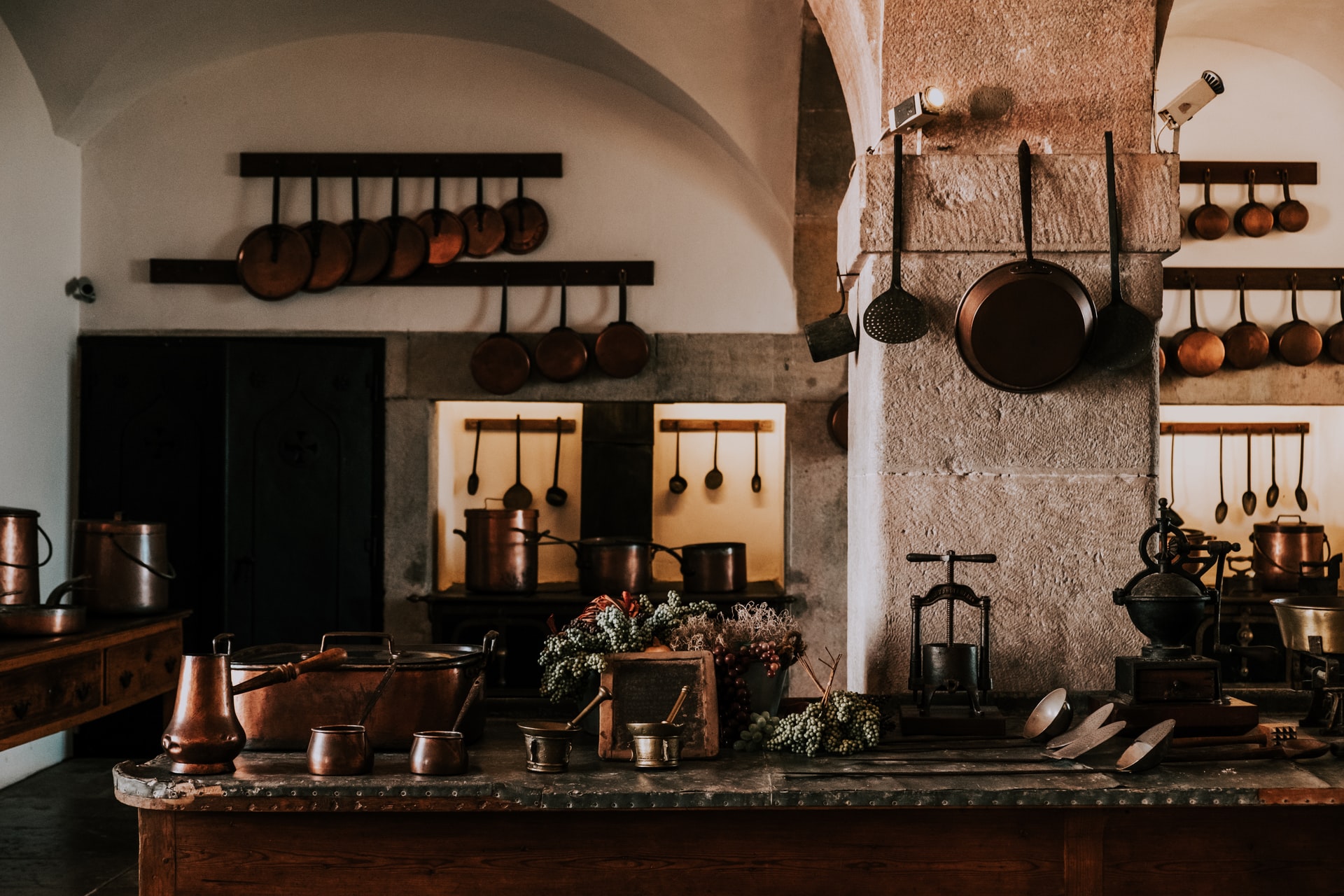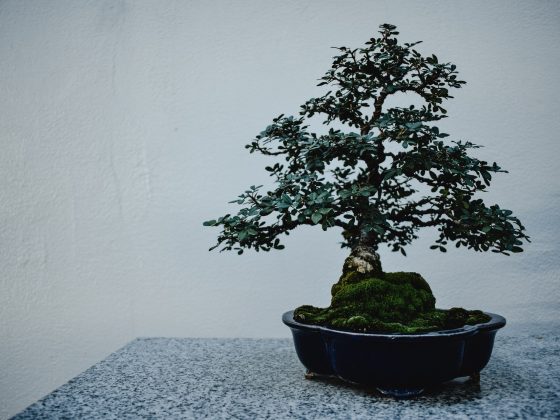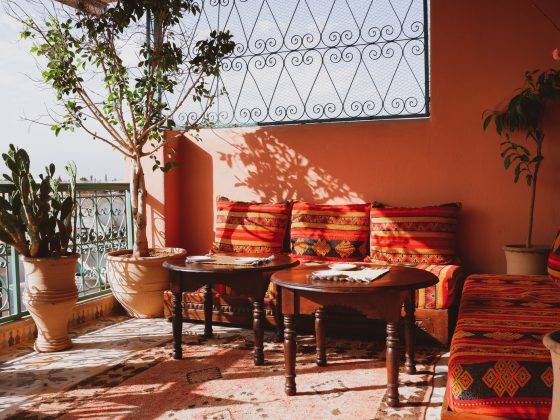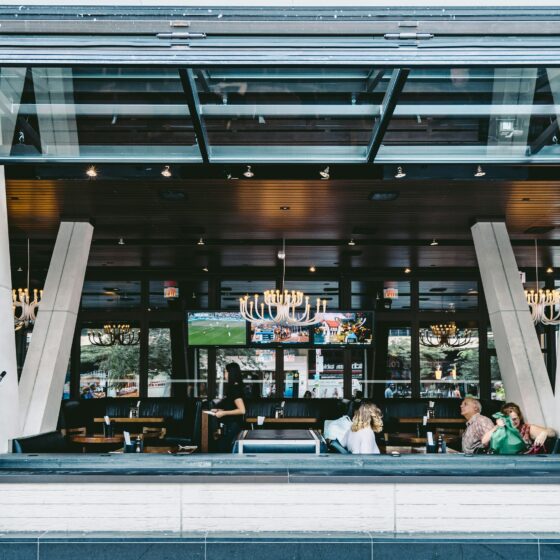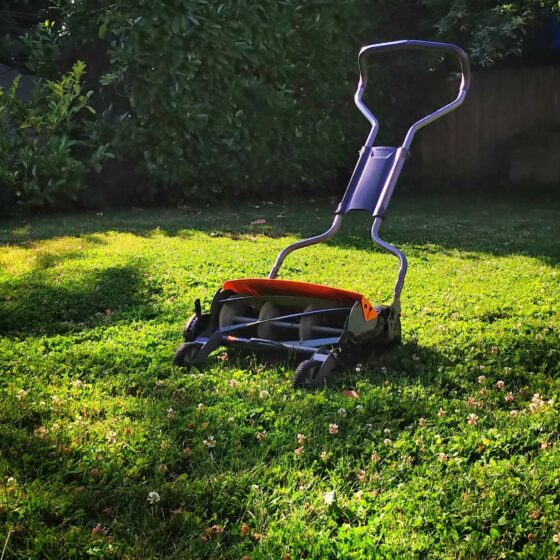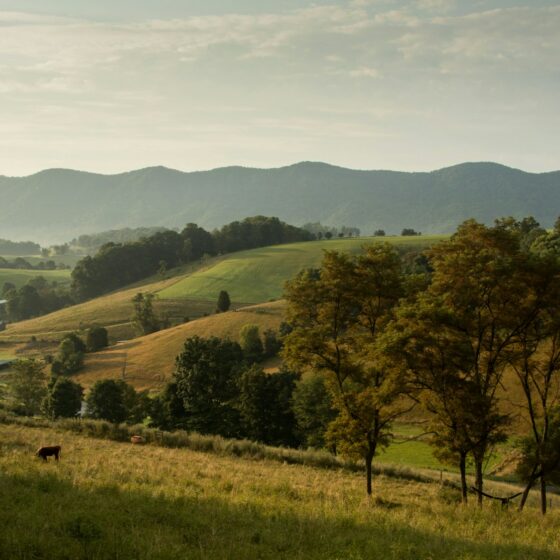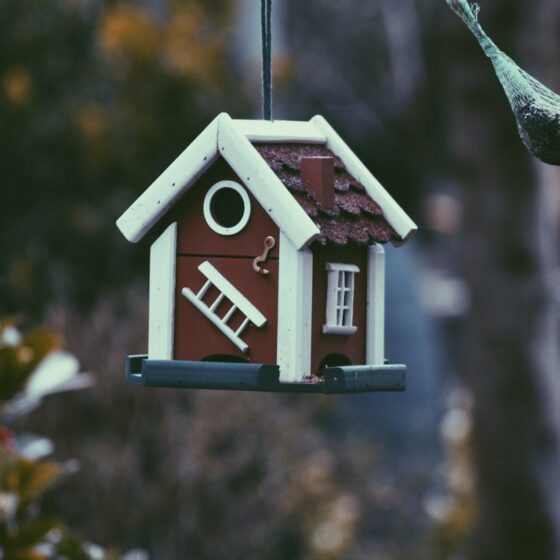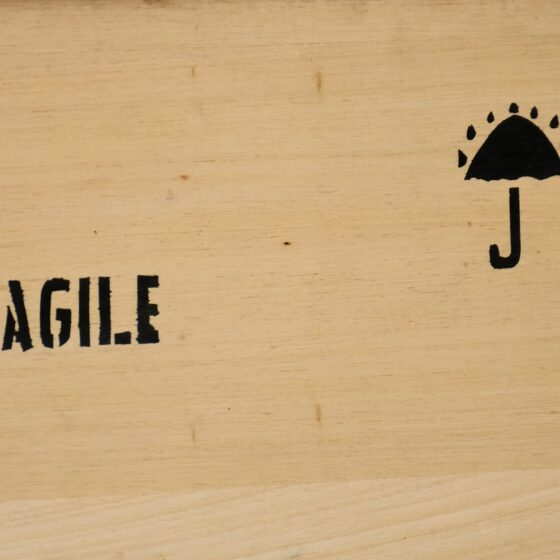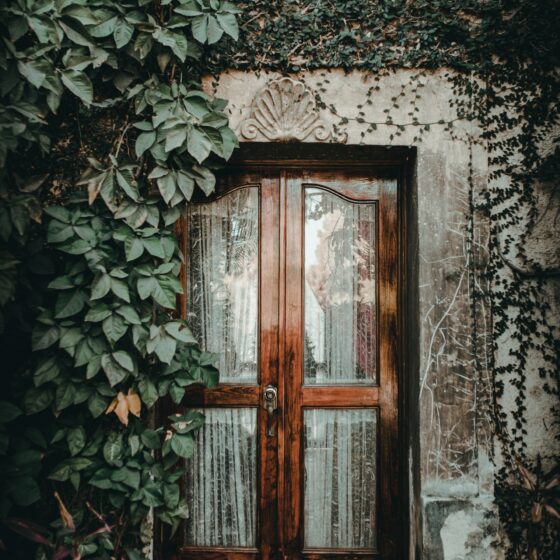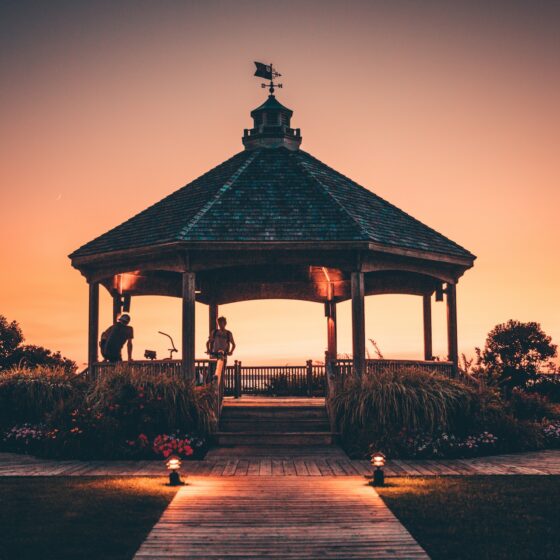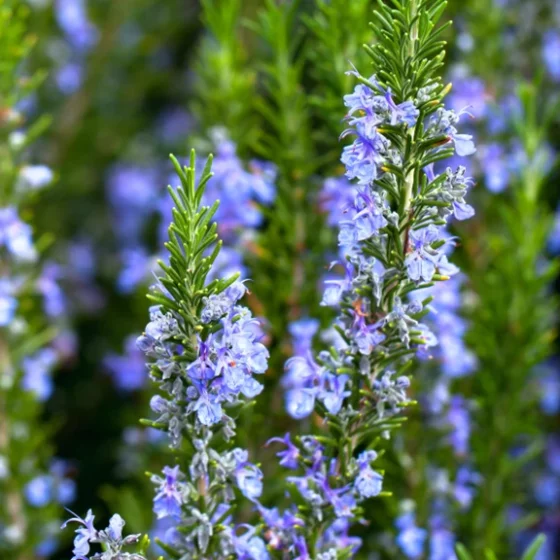What comes to mind when you think of the Tuscan interior design? If you’re like most people, you probably imagine rustic, earthy spaces with exposed wooden beams and terracotta tiles. But what is the origin of this style, and how does it differ from other popular styles like the Mediterranean or French Country? In this blog post, we’ll explore the design elements of Tuscan interiors and show you how to mix this style with others for effective results.
So let’s get started!
Origins of the Tuscan Design Style
Tuscan is a regional variation of Italian interior design. It originated in the Tuscany region of central Italy and is characterized by its rustic, earthy aesthetic. Architects like Ettore Sottsass and Mario Bellini popularized the style in the 1960s and 1970s. Today, it is one of the most popular styles in the realm of interior design.
Tuscan Style Influences
Other styles have greatly influenced this style throughout history. It borrows heavily from French Country, Spanish Colonial Revival, and Mediterranean interiors for its aesthetic qualities.
Those qualities include stone floors made to look like marble, wood-beamed ceilings with stucco walls and terracotta tiles, and many others. The style also incorporates elements of Italian Renaissance architecture including arches and columns in its designs.
Similarities and Differences to Other Styles
Tuscan is similar to the French Country because both styles have a rustic look that’s inspired by nature. However, the French Country style is more formal with elegant details, while the Tuscan style is more casual and relaxed.
The Tuscan and the Mediterranean interior design are also similar, but the Mediterranean one has a more coastal feel with blues and greens used as accent colors.
Finally, the Spanish Colonial Revival style is inspired by the architecture of Spanish colonial churches and is characterized by its use of bright colors and intricate tilework.
Elements of the Modern Tuscan Design
Now that we’ve covered some of the basics, let’s take a closer look at some of the key elements of this design style.
One of the most distinguishing features of this style is its use of natural materials. Tuscan interiors are often decorated with terracotta tiles, stone floors, wood beams, and wrought-iron fixtures.
The Tuscan color palette is also earthy and muted, with shades of yellow, green, brown, and red being the most popular. Walls are typically painted in a light beige or cream color, and ceilings are often left bare to show off the wooden beams.
Another key element of Tuscan design is its focus on simplicity. The style is all about creating a warm and inviting space that’s not too cluttered or overdone. That simplicity is the exact reason why you’ll typically see few decorations in Tuscan interiors and lots of open floor space for people to move around freely.
Now, let’s break down each of these elements.
Materials
When it comes to materials, Tuscan design is all about natural elements. Natural stone is often seen lining the floors, wood beams are also usually used in ceilings and floors, and wrought-iron fixtures are popular in doorways, staircases, and window frames.
Colors
As we mentioned earlier, the color palette used in Tuscan design is earthy and muted. Yellow, green, brown, and red are the most popular hues, but you can add pops of color with accents like throw pillows or artwork. You’ll also see a lot of white used as an accent color simply because it helps to brighten up dark rooms and make them feel more open.
Walls
When it comes to wall colors used in Tuscan home decor, you can expect a lot of beige tones like cream, taupe, and tan, along with some lighter shades of green and yellow. You’ll also see lots of exposed brick or stone walls incorporated into this design style because these materials help to create that rustic, earthy look.
Floors
The flooring used for Tuscan interiors is usually made from stone tiles such as marble or slate in either a herringbone or chevron pattern. Along with that, you’ll also see wooden floors in this style, usually with a distressed finish that gives it an additional spice of realism and simplicity.
Ceilings
Another popular feature of the Tuscan interior is the use of exposed ceilings and wooden beams. Beams are often left unfinished or stained in a natural color. Sometimes, they’re even carved with more decorative details.
Details and Ornaments
In Tuscan design, you’ll see a lot of ornamental details. These include wrought-iron fixtures on doors, windows, and furniture pieces, terracotta tiles used as accents on walls, ceilings, and fireplaces — just to name a few.
Art, Decor, and Pottery
Another key element of this specific design is its focus on art and decor. You’ll see a lot of paintings, sculptures, and pottery in Tuscan home interiors that often feature rustic elements like grapevines or olive branches. There’s also usually some type of wall decor like tapestries or framed prints that includes floral motifs.
Fireplaces
Prominent fireplaces are also a popular feature in this decor. They often have a simple design with terracotta tiles used as an accent and sometimes have wrought-iron details, like gates or fences.
Furniture
There are many different types of Tuscan furniture, but some common characteristics include dark wood finishes with rustic touches like carved details or distressed textures. You’ll also see a lot of ornamental pieces in the Tuscan style decor that feature wrought iron accents and natural materials such as leathers, stones, or metals in their construction. The style tends to be very heavy on the furniture, so it’s perfect for those who prefer a traditional look in their home.
Modern Tuscan Style in Home Interiors
Now that we’ve covered some of the basics, let’s inspect decorating specific rooms using key elements of this gorgeous design style.
Living Rooms
In Tuscan living rooms, you’ll see a plethora of comfortable seating options, such as couches and armchairs upholstered in natural materials. You’ll also often find large area rugs on the floor made from wool or cotton rugs in earthy tones like browns and greens.
Kitchens
The kitchen is one of the most important rooms in any home, so it’s no surprise that Tuscan kitchens tend to be large with plenty of counter space and various storage options. The Tuscan look will also show you lots of wooden cabinets painted white or cream colors with rustic hardware like wrought iron pulls.
Bedrooms
In Tuscan bedrooms, you’ll usually see a king-sized bed with heavy wooden furniture and intricate details. The walls are often painted in light colors like beige or sage green and the floors are typically made from wood with a rough finish.
Bathrooms
Like the kitchens, bathrooms in this unique design tend to be very spacious with plenty of counter space and storage options. You’ll also see lots of decorative elements like paintings, sculptures, or pottery that feature rustic motifs such as grapes or olives. Clawfoot bathtubs and large ornate mirrors are often used as centerpieces.
Outdoor Spaces
Tuscan design focuses on simplicity and functionality so you won’t find many frills in these areas either. The outdoor spaces in Tuscan homes are typically designed for dining and entertaining, so you’ll see plenty of tables and chairs as well as large umbrellas or pergolas to provide shade.
One of the most popular features of Tuscan design is the patio. The patios are often decorated with terracotta tiles, stone pavers, or brick and have plenty of space for dining and relaxing. They’re also usually surrounded by beautiful gardens with plants like olive trees, lavender bushes, and rosemary vines.
Traditional vs Modern Tuscan Design
While the overall look of Tuscan design is often quite traditional, there’s no denying that it can also be adapted to more modern tastes. In fact, many homeowners choose to mix traditional Tuscan elements with other styles like contemporary or minimalist to create a unique look in their home!
Mixing Tuscan Interior Design with Other Styles
The key to mixing Tuscan interior design with other styles is finding commonalities between them. For instance, if you love the natural materials used in Tuscan kitchens but prefer a more modern look for your dining area, you should consider combining elements from both of these styles into one cohesive space.
Conclusion
Tuscan interior design has been around for centuries and continues to be a popular choice among homeowners today. It’s easy to see why this style appeals so much as it combines rustic charm with modern comfort in such an elegant way that anyone would want it in their home!
FAQ
What are the main features of Tuscan interior design?
The most distinguishing characteristic of Tuscan design, when it comes to furniture, are wooden pieces with ornate details. You will also commonly find rustic touches like carved and rough textures on Tuscan furniture. These pieces of furniture have a very heavy feel to them which makes them perfect for a traditional look for your home.
What are the most popular colors used in the Tuscan design style?
Nature often inspires this style, so you’ll see a lot of earthy tones like green, brown, and beige throughout these spaces. However, that’s not to say that you can’t use other colors too. In fact, many homeowners choose to add pops of color with accessories or decorative pieces.
What is the difference between Tuscan and Mediterranean design?
While both styles share some similarities, there are also a few key differences between Tuscan and Mediterranean design. Tuscan style typically features more traditional elements like heavy furniture and ornate details, while Mediterranean design is often more contemporary with clean lines and minimal accessories.

